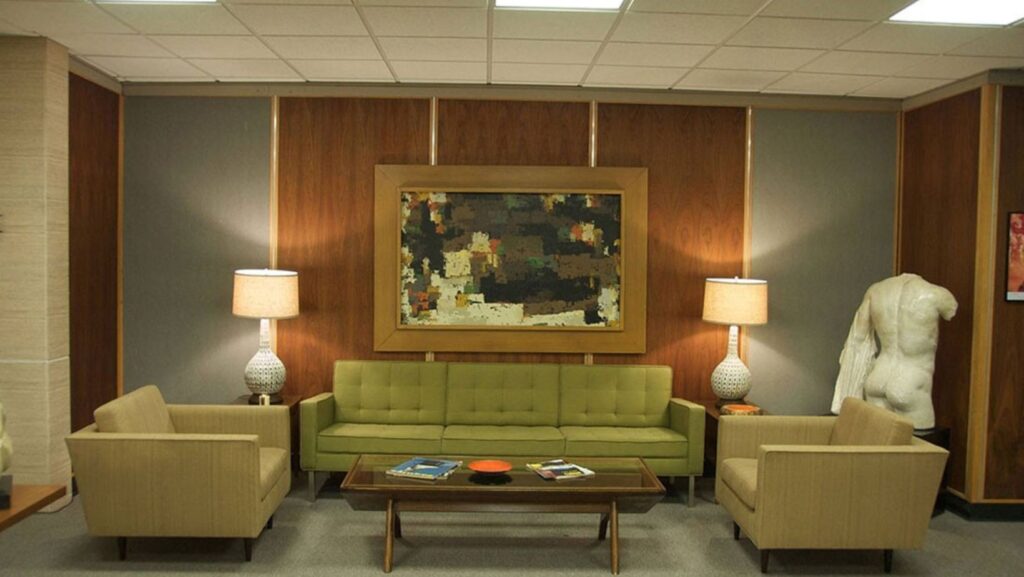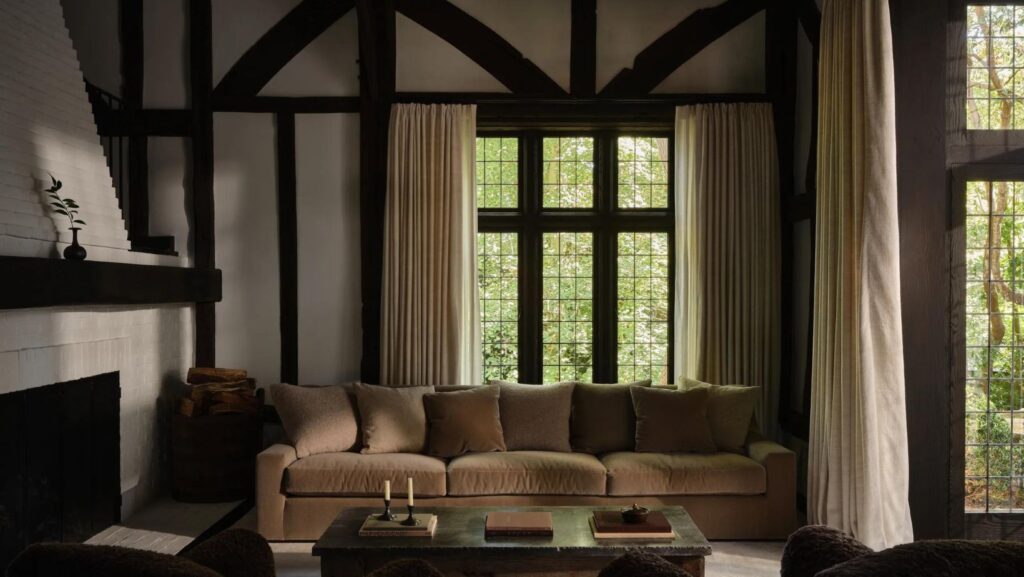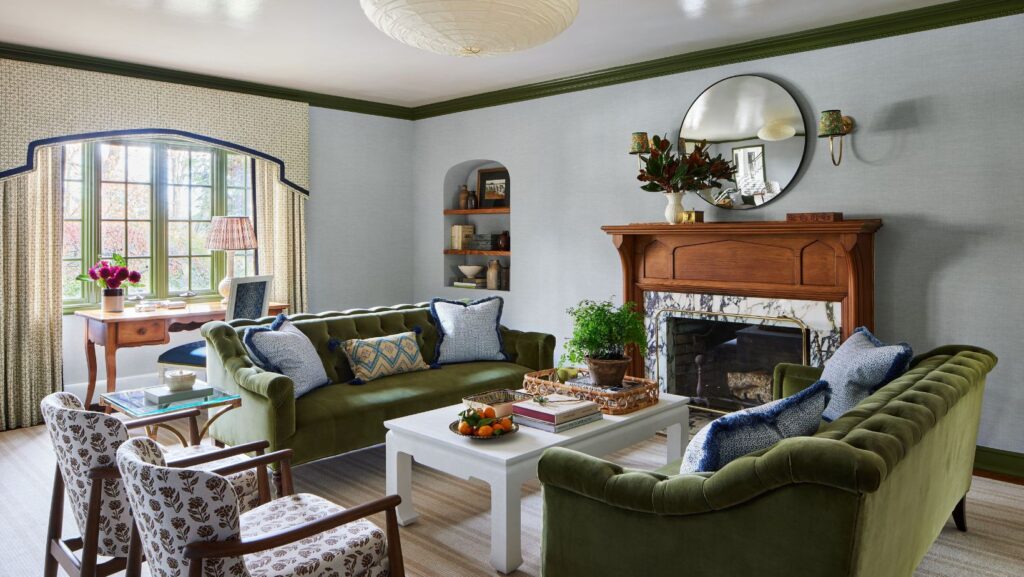1960s Interior Design
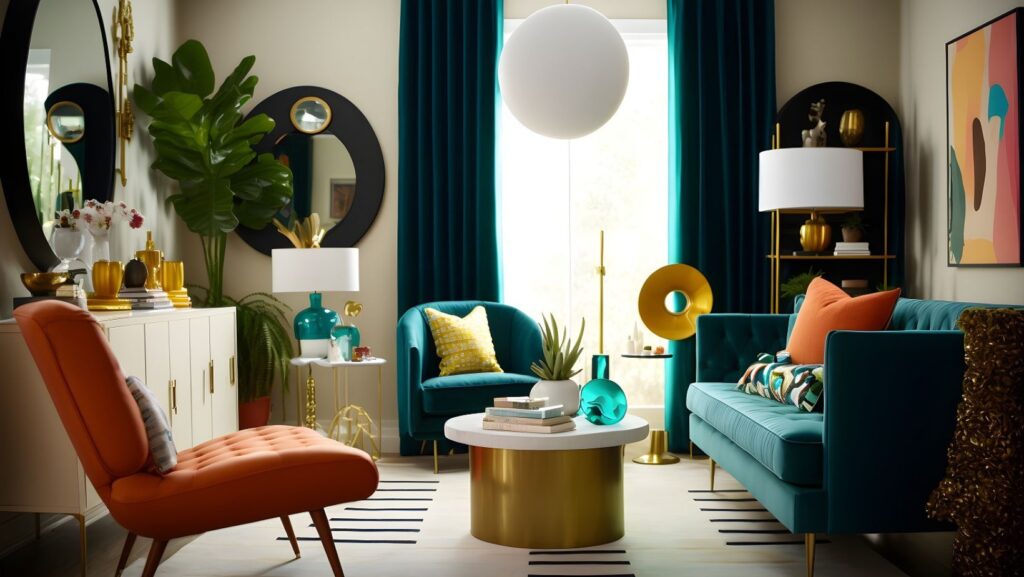
Step into a time capsule with me as we explore the iconic world of 1960s interior design. The swinging sixties marked a revolutionary period in decor, blending bold colors, futuristic shapes, and a touch of mod glamour. From shag carpets to geometric patterns, this era embraced a mix of sleek minimalism and vibrant psychedelia that continues to influence modern aesthetics.
Join me on a journey back to a time of lava lamps, bean bag chairs, and the unmistakable charm of retro chic. Let’s unravel the secrets behind the groovy allure of 1960s interior design and discover how this era still captivates designers and homeowners alike.
Embracing 1960s interior design in modern spaces adds a touch of retro charm and timeless style. The bold colors, futuristic furniture, and playful patterns of that era bring a unique character to any room. Incorporating elements like shag carpets, Egg chairs, and vibrant hues can instantly transport your space back to the iconic 1960s. By blending mid-century modern aesthetics with contemporary design, you can create a visually striking and inviting environment. So, don’t hesitate to infuse your home with the spirit of the swinging sixties for a chic and nostalgic vibe that never goes out of style.
Key Elements of 1960s Interior Design
Colors and Patterns
In 1960s interior design, bold colors and vibrant patterns dominated the scene. It’s all about embracing hues like avocado green, burnt orange, and sunshine yellow. These colors added a sense of energy and optimism to the space. Patterns were equally essential, with popular choices being geometric shapes, bold stripes, and psychedelic prints. Think of walls adorned with funky wallpaper or furniture upholstered in eye-catching fabrics to complete the look.
Furniture Styles
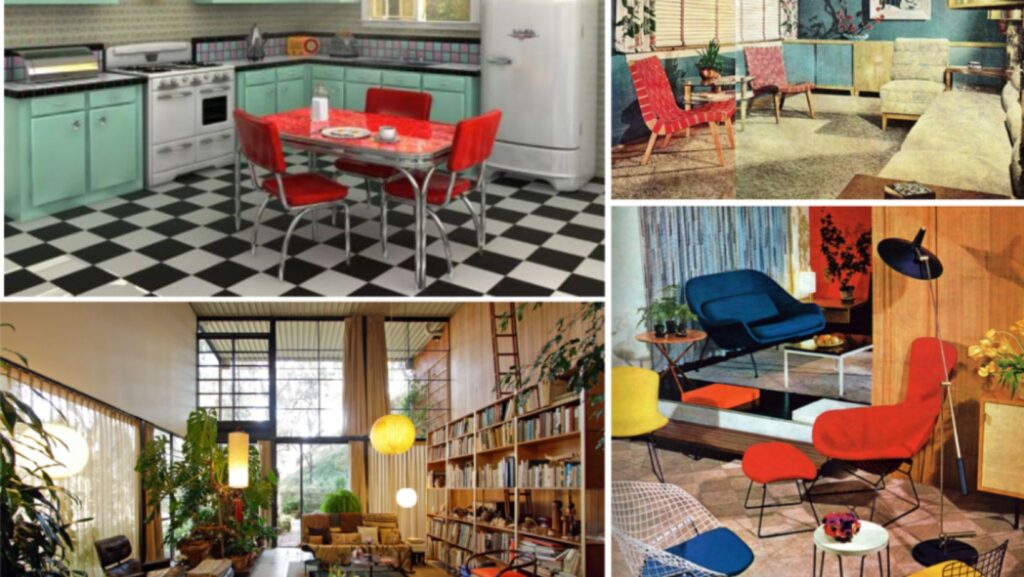
The 1960s introduced a range of distinctive furniture styles that are still iconic today. The era saw the rise of modular furniture, characterized by its versatility and sleek design. Pieces like low-slung sofas, egg chairs, and tulip tables defined the furniture landscape of the time. Incorporating these futuristic and space-age furniture styles can instantly transport a space back to the swinging ’60s.
Popular Materials
Materials used in 1960s interior design often combined functionality with style. Plastic, vinyl, and fiberglass were prevalent in furniture and decor items, adding a futuristic edge to the aesthetic. These materials allowed for bold shapes and innovative designs, making them popular choices for the era. Additionally, the use of natural elements like wood and stone provided balance and warmth amidst the bold colors and avant-garde designs of the period.
Influential Designers of the 1960s
Eero Saarinen
Eero Saarinen, a Finnish-American architect and designer, is renowned for his groundbreaking contributions to 1960s interior design. He’s best known for his iconic Tulip Chair and Tulip Table designs. These pieces, featuring smooth, simplistic lines and organically inspired shapes, epitomize the mid-century modern style that defined the era. Saarinen’s innovative use of materials like fiberglass revolutionized furniture design, showcasing a blend of form and function that remains influential in contemporary interiors.
Verner Panton
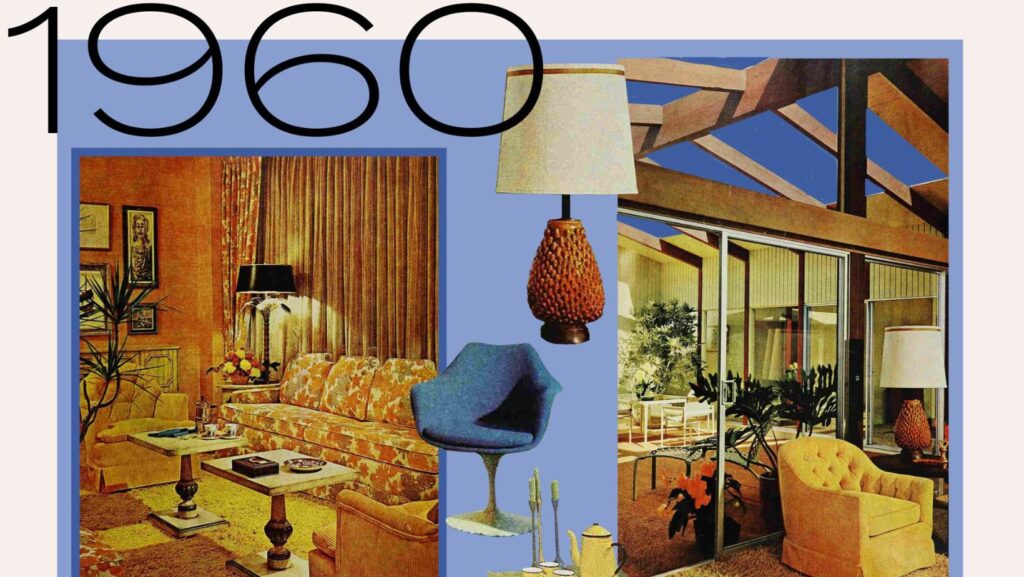
Verner Panton, a Danish designer, left an indelible mark on 1960s interior design with his bold and avant-garde creations. His use of vibrant colors and fluid, futuristic shapes introduced a sense of playfulness and whimsy to interiors. Panton’s most famous creation, the Panton Chair, a single-piece, cantilevered chair made of molded plastic, encapsulates his experimental approach to design. The chair’s sculptural form and ergonomic considerations made it a design icon of the era, pushing boundaries and inspiring future generations of designers.
The Space Age Influence
In the 1960s, the Space Age captivated the world with its focus on futuristic technology and exploration. This cosmic phenomenon heavily influenced interior design, leading to sleek, minimalist furniture designs and a color palette highlighting whites, silvers, and bright hues. Space-age themes like geometric shapes and asymmetrical patterns became prevalent in home decor, reflecting a fascination with the unknown reaches of outer space.
The Rise of Youth Culture
The 1960s marked a significant shift in societal norms, with the rise of youth culture challenging traditional design concepts. This cultural revolution brought about a more casual and playful approach to interior design, embracing unconventional styles and vibrant colors. The youth-driven counterculture movement inspired interiors that reflected freedom, individuality, and creativity, leading to the incorporation of eclectic elements and unconventional decor choices in homes.

